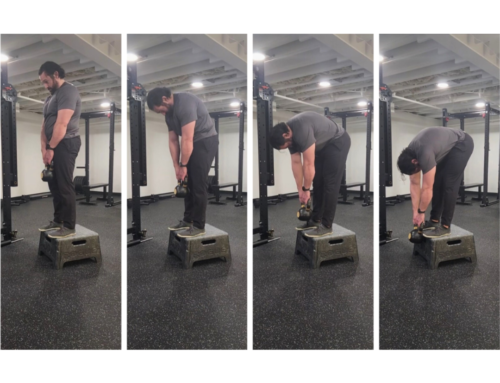Ok, tell me if you’ve ever experienced this before. You’re laying in bed, or maybe you’re already sleeping, and all of a sudden you wake up to your hand totally “asleep.” And maybe not just your hand. Maybe your entire arm is asleep! Most of us have experienced this at some point in our lives. What most of us don’t realize is what exactly is happening when we say that our hand is “asleep.”
Our brain receives information about sensation and feeling from our nerves. Our nerves run all over our body and connect our brain to every muscle, organ and patch of skin. This information starts in our nerves and travels into the spinal cord where it eventually makes its way to the brain for processing. But sometimes the flow of information gets disrupted. Sometimes inflammation
around a nerve, due to injury or compression can cause this information to slow down and in some cases stop altogether. And when this happens as a result of muscle tension and contracture we call it Thoracic Outlet Syndrome.
Thoracic Outlet Syndrome or TOS, for short, doesn’t have to happen when waking up. Tingling, numbness and even weakness in any portion of the upper extremities can happen at any time with TOS. This condition is one defined by a muscle or muscles in the neck and/or shoulder region, what we call the thoracic outlet, tightening up and causing inflammation around a nerve as it passes through the area on its way to the arm.
Nerves don’t like inflammation, it causes the nerve to send painful signals back to the brain. Inflammation also disrupts how fast information moves through a nerve. Think of it like putting a kink in a hose. First, the water will begin to flow with diminished pressure. Apply enough compression and the water will stop altogether. The same is true of a nerve. Impede a nerve with inflammation and you will initially experience tingling, a pins and needles like sensation. With enough inflammation over a longer period of time you will begin to experience numbness. Eventually, if left untreated, you will experience weakness in the affected area. This is because the nerve is becoming totally cut off through the area that it receives and sends signals to.
These can be scary symptoms. I mean, nobody should take parts of their bodies going numb and weak lightly. BUT, it’s important to understand when talking about TOS that this condition is VERY TREATABLE. Going back to the hose analogy, the hose is kinked but not damaged. Unkink the hose and the water flows normally again. The same is true of inflammation around a nerve. The nerve itself is not damaged. If we remove the inflammation, nerve function will be restored.
Thoracic Outlet Syndrome can also affect arteries in veins. As a general rule, arteries, veins and nerves like to travel together. Therefore, besides a diminished nerve supply, TOS can also cause a diminished blood supply. This can equally result in tingling, numbness and weakness to an affected area. However, when blood vessels are involved we often get the additional symptoms of coldness and blanching in the affected area. The same rules apply though, remove the inflammation and blood flow will return to normal.
So how do we treat Thoracic Outlet Syndrome? Since the problem is caused by muscle contracture it would make sense that muscle relaxation is the key to treatment. As a Doctor of Chiropractic we have several different tests that allow us to determine if a patient is experiencing TOS. We do this by creating various situations that would cause different muscles to increase pressure on the surrounding nerves. This allows us to not only test whether or not a patient’s symptoms are due to muscle contracture but additionally this allows us to determine WHICH muscle or muscles are contracted. From here it’s as simple as loosening the muscle, getting the local joints moving again and keeping them that way. We accomplish this with soft tissue massage, adjustments and of course rehab exercises!
Research shows that Thoracic Outlet Syndrome can affect up to 80 people per every 1,000. That makes this condition very common. TOS is more common in women than it is in men on average and is often associated with poor muscle development, posture or both. So if you’ve been experiencing muscle tightness and pain associated with tingling, numbness or weakness in any part of your shoulders and/or arms call today and set up an appointment. TOS is typically an easy fix as long as we take care of it right away. It’s only when a patient waits and allows the inflammation to build up over long periods of time that recovery becomes a longer road. So don’t hesitate when experiencing these symptoms!






Right on my man!
I was just telling my friend about that.